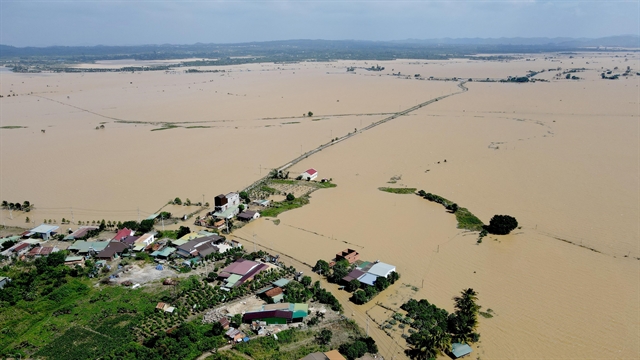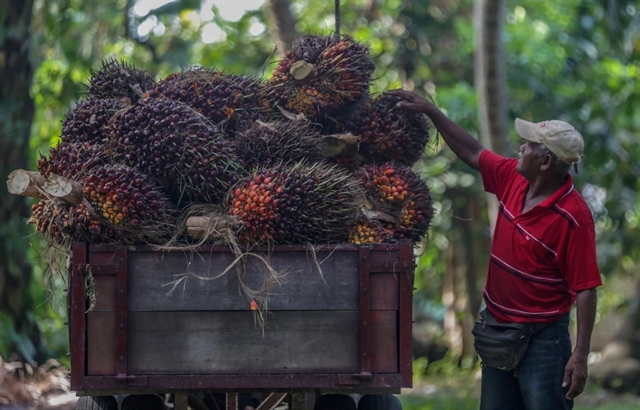 Society
Society

 |
| A doctor examines a child with chickenpox. — Photo courtesy of the Bắc Kạn City Medical Centre |
HÀ NỘI — There has been a recent increase in the number of chickenpox cases in the northern provinces of Việt Nam, particularly in children who have a high susceptibility to the disease.
According to a report by the Bắc Kạn City Medical Centre, an outbreak of chickenpox occurred in the Phùng Chí Kiên Primary School on March 25, with 19 cases identified.
By March 29, the number of cases had risen to 21, and by Monday last week, the number of cases had reached almost 30.
The centre investigated the cases to combat the disease and provided patients and their families with preventive measures.
The Lào Cai Centre for Diseases Control also reported that since the beginning of this year, the province had recorded nearly 400 cases of chickenpox.
The Kim Tân Ward Medical Station in Lào Cai City alone has identified 48 cases so far this year, with the majority of patients being kindergarten and primary school students.
Medical stations across the province have been working with schools to spray chemical substances and clean classrooms, toys, and study materials in an effort to limit the spread of the disease.
Medical workers have also provided teachers and parents with proper care instructions for children who are patients.
In Hà Nội, the municipal centre for diseases control reported that the capital city had recorded 548 cases of chickenpox so far this year, with the disease being reported in 18 out of 30 districts.
More than 36 per cent of the patients are kindergarten students, while 38 per cent are primary students.
Nguyễn Thị Quỳnh Nga, deputy head of the Treatment and Special Care No 1 Ward under the National Paediatrics Hospital, warned that infants infected with chickenpox face a 30 per cent risk of death due to multi-organ damage, which is much higher than in older children or adults.
If children with chickenpox are not treated promptly and properly, they may experience dangerous complications such as respiratory failure, toxic septic shock, and bacterial superinfection.
Furthermore, the disease can cause neurological complications such as meningitis, myelitis, optic neuritis, polyneuritis, adrenal failure, glomerulonephritis, eye damage, and even death.
Diagnosis of chickenpox in children is based on the tell-tale lesions of the skin and diagnosis can be confirmed by detection of the varicella virus in nodule fluid or tissue biopsies.
Medical experts recommend that parents should not treat their children at home when they are infected but should visit a doctor for examination and diagnosis.
Although the disease can be cured in one or two weeks, if not treated properly, it can cause many complications such as skin infections and blood infections.
Currently, the north is in a season transition period, with high humidity and erratic temperature changes providing favourable conditions for chickenpox outbreaks.
As children with immature immune systems are particularly susceptible to chickenpox, parents are advised to provide necessary foods to increase their children's resistance. — VNS




